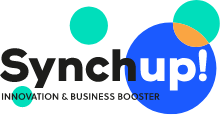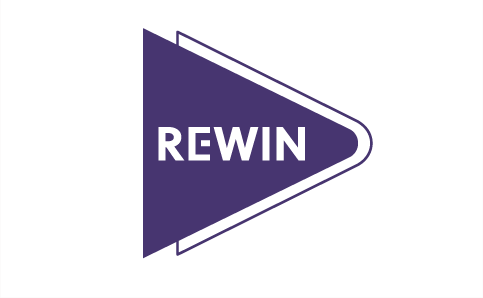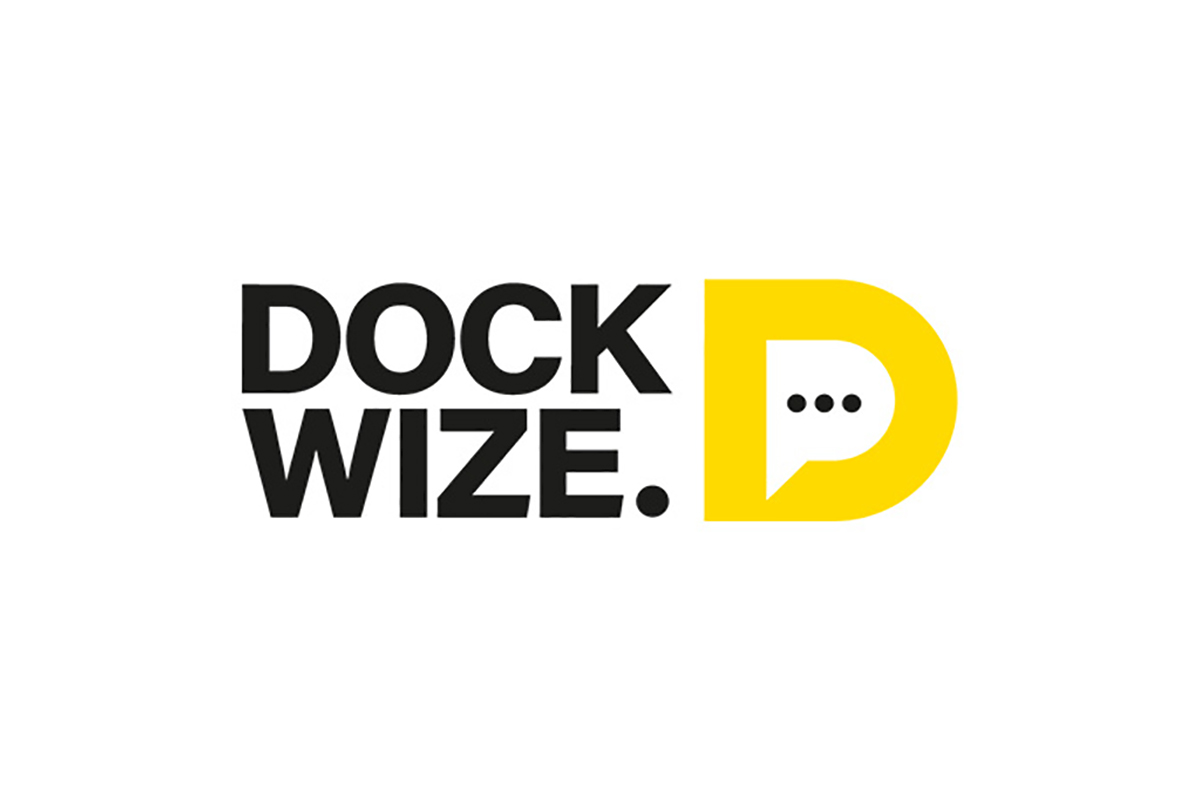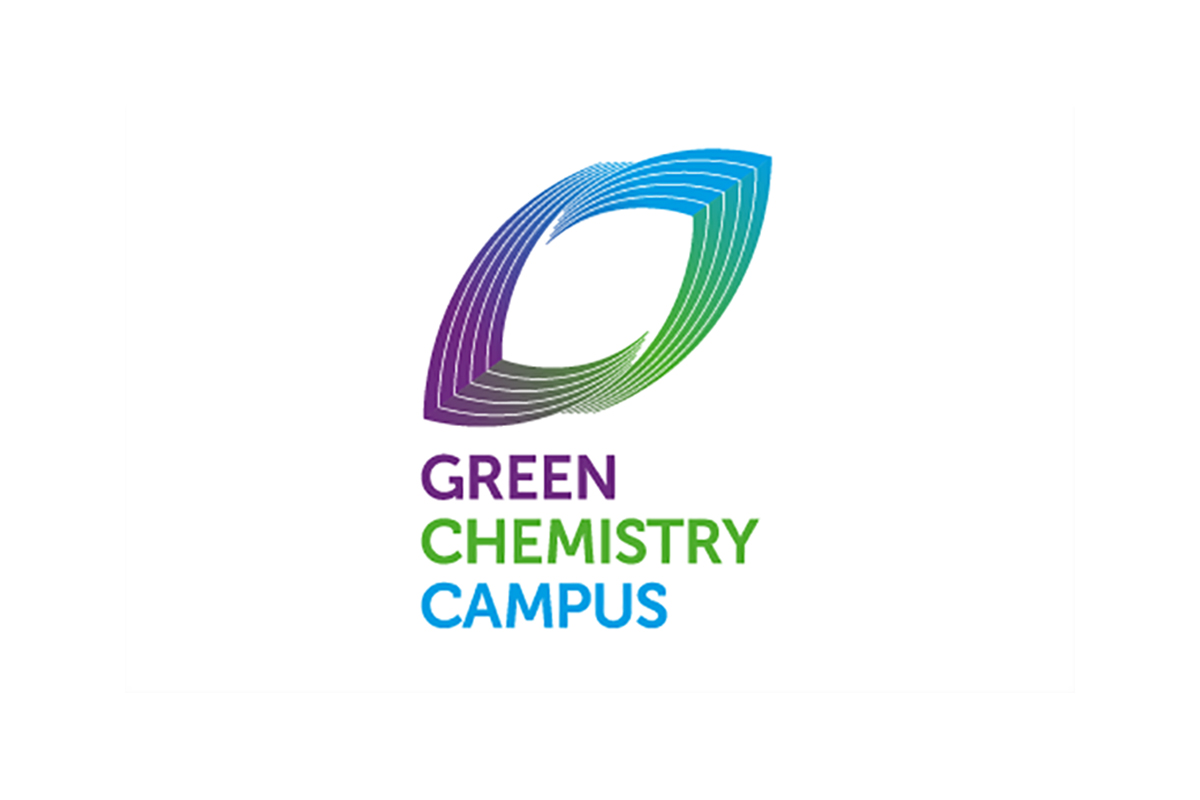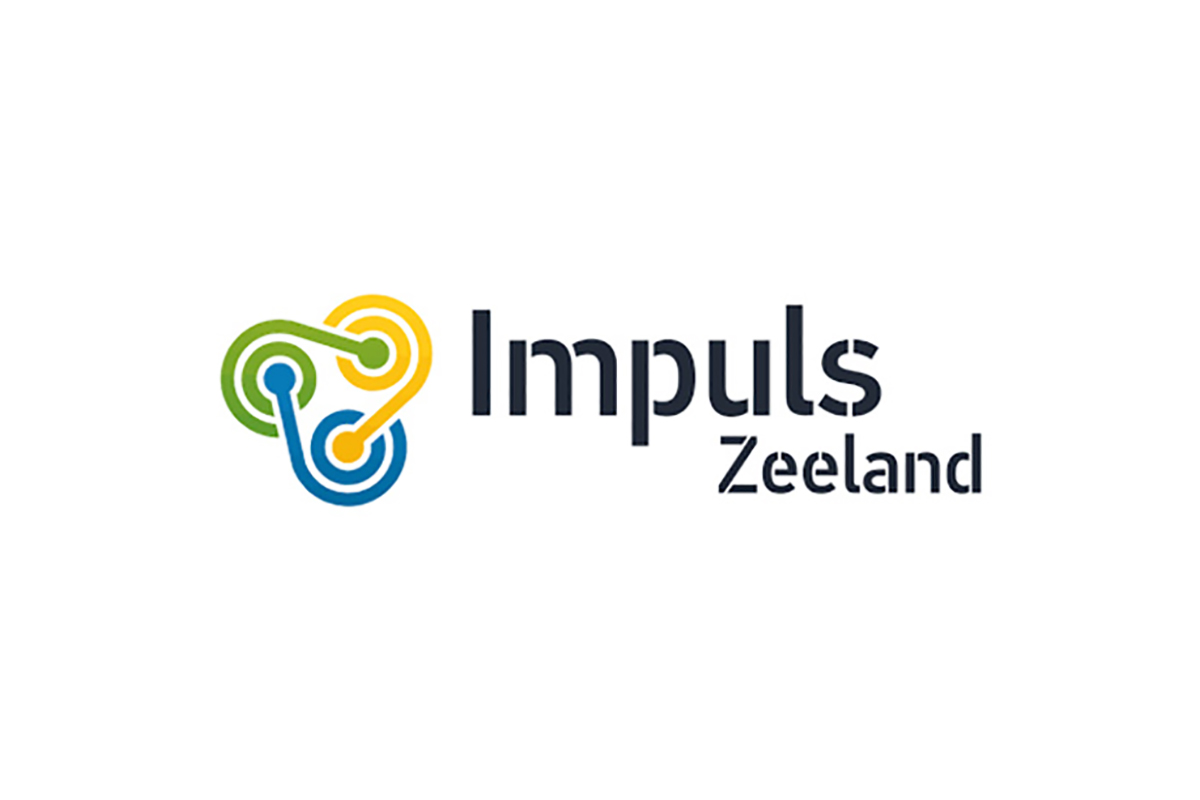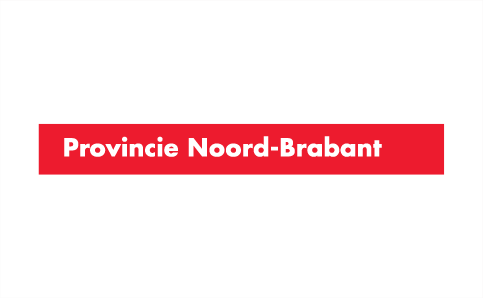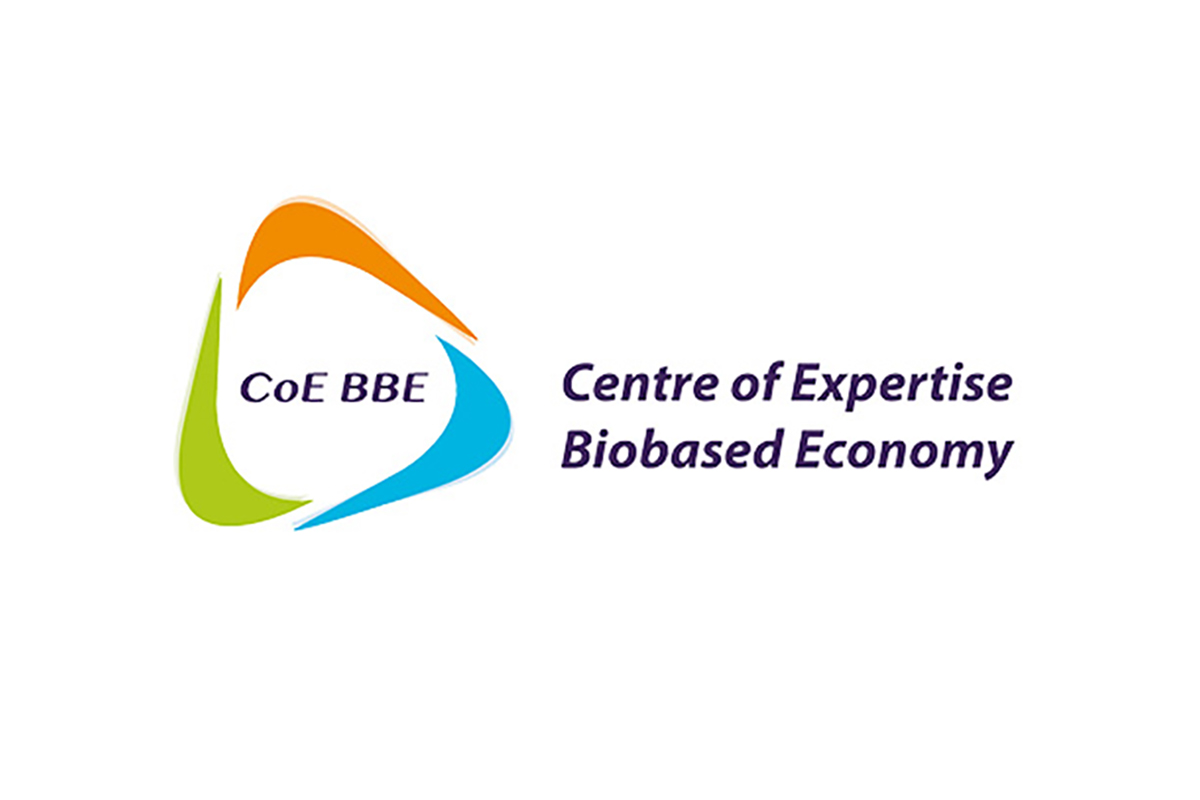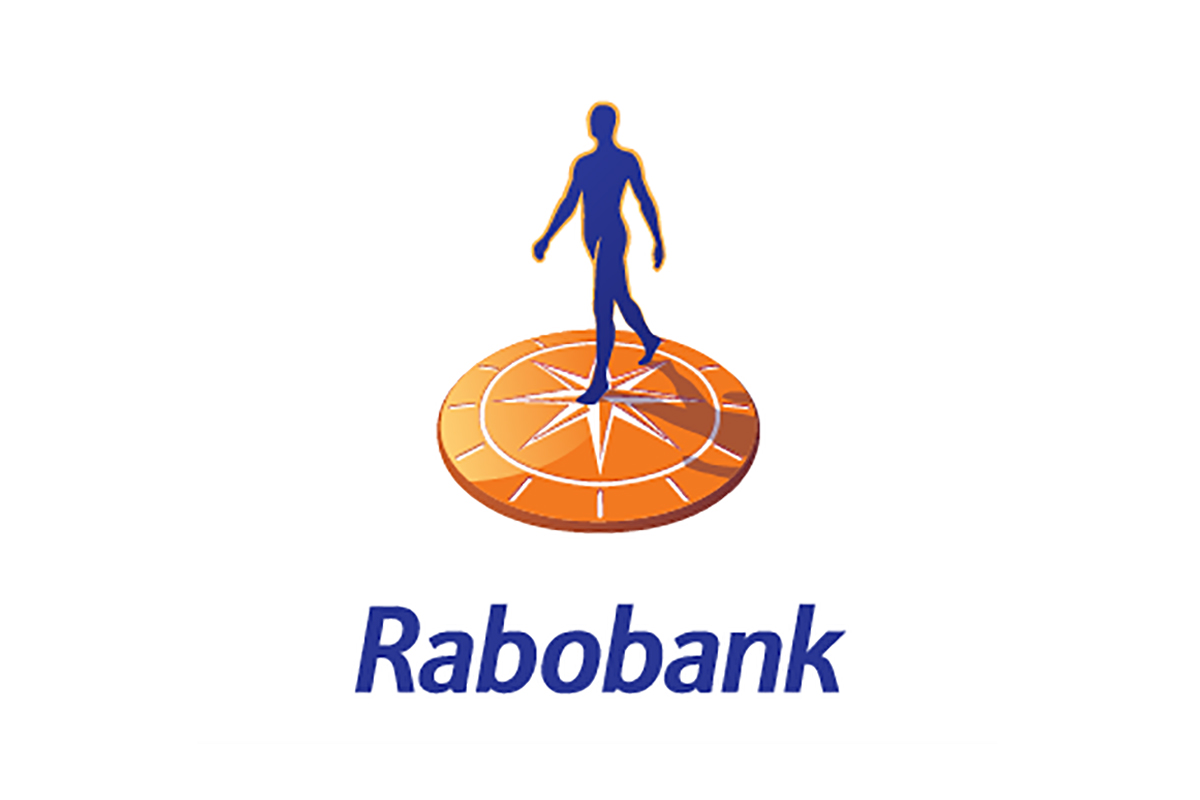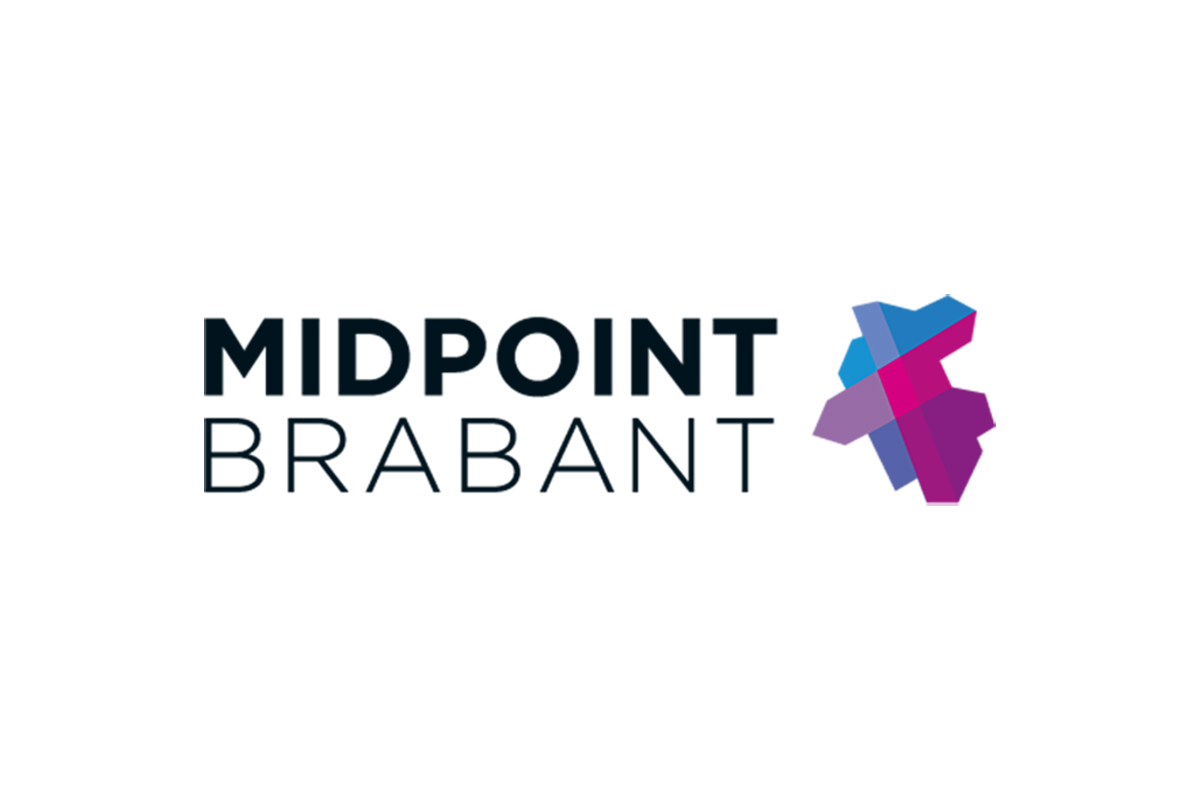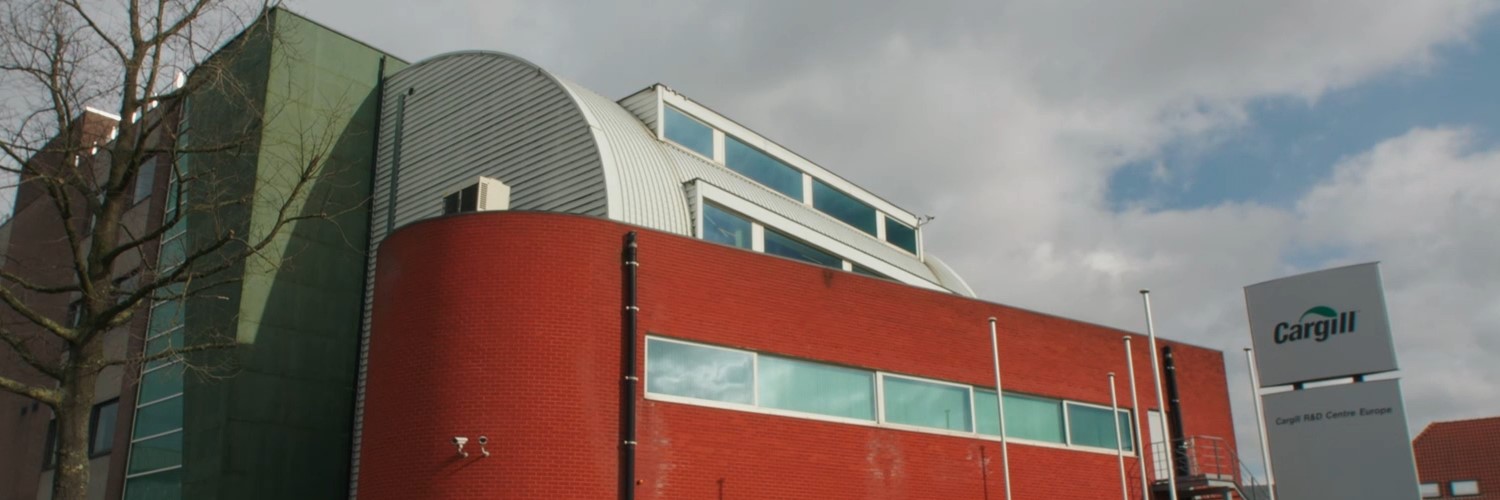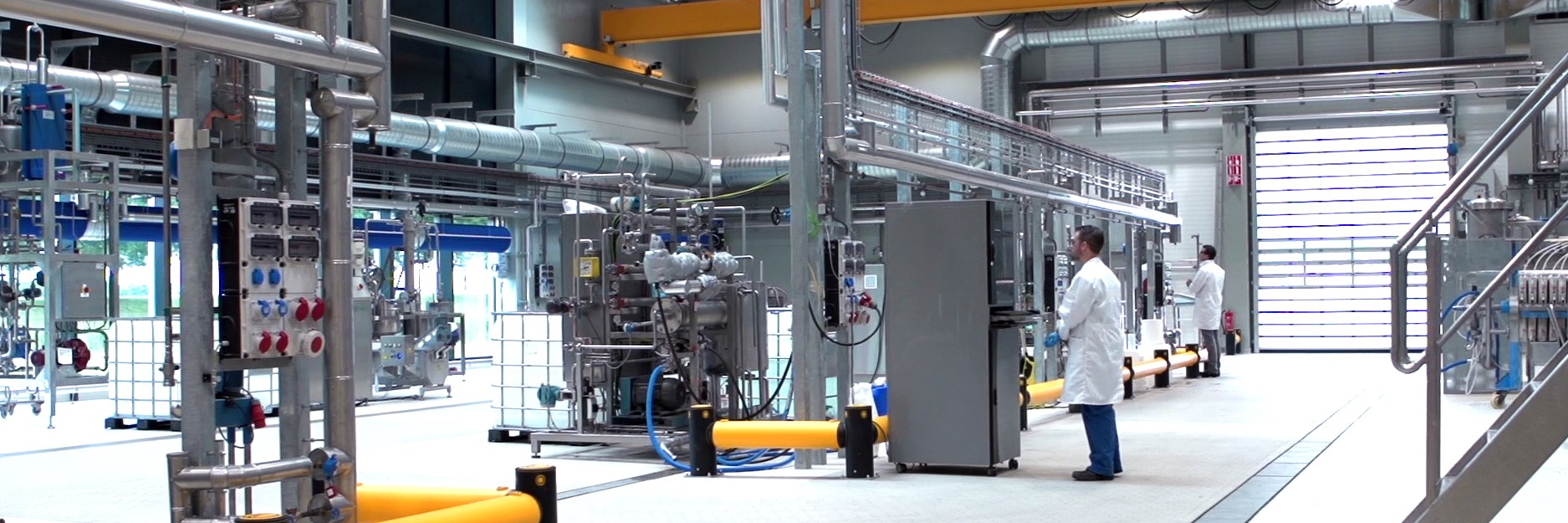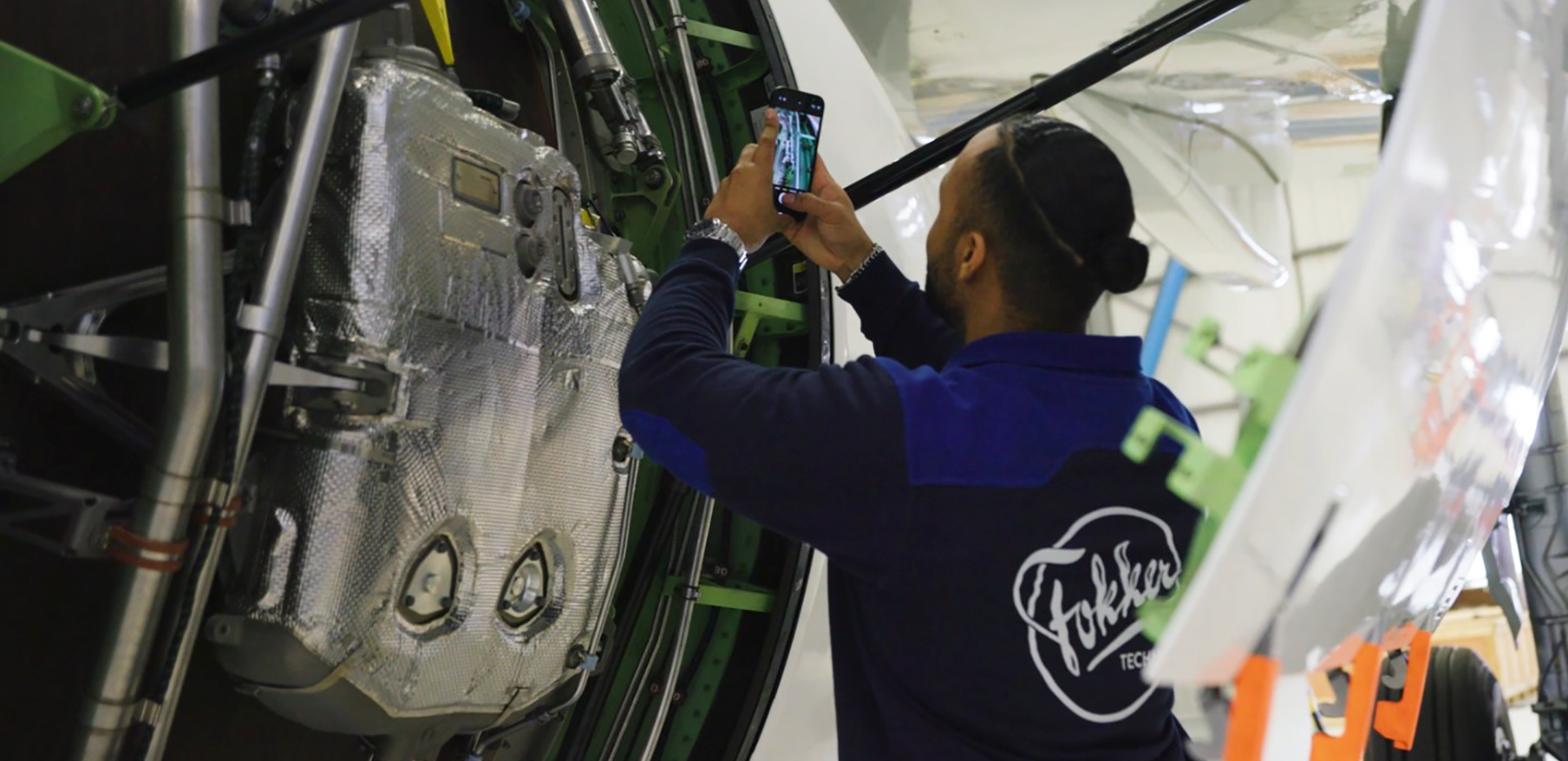A sustainable application for residual hydrogen, with more yield than burning it as an alternative to natural gas
SABIC Bergen op Zoom produces hydrogen as a by-product of chlorine production. This hydrogen is formed from water through hydrolysis and can therefore be considered green (or blue). Currently, the hydrogen we produce is burned, after which the heat is (largely) reused in our processes. However, hydrogen has many applications as a raw material or building block for more complex fuels, which is why SABIC is looking for a more sustainable and cost-effective application for its hydrogen. Any solution that yields more than €0.10 per Nm3 (excluding purification) or more than 0.67 kg of CO2 per Nm3 of hydrogen is worth exploring for us.
SABIC Bergen op Zoom believes that residual hydrogen can be reused for many sustainable applications that can contribute to the continued development of the local and nationwide electrical grid, such as sustainable fuels or chemical building blocks.
What are we looking for?
A sustainable application for hydrogen that will ultimately yield more than burning it as an alternative to natural gas. Potential applications include:
- Building block for basic chemicals
- Reverse water shift (CO2 + H2 –> CO + H2O) or similar technology.
- Applications in chemical processes (e.g. for reducing iron oxide)
- Other sustainable innovations
We are already familiar with many technologies, but we are looking for a concrete pilot that (in time) can establish itself on the Green Chemistry Campus (GCC) and, ultimately, become a major customer for this byproduct of ours together with other hydrogen projects.
SABIC facilitates the Green Chemistry Campus (GCC) and would like to see it grow into the biggest sustainability hub and knowledge centre for the chemical industry. Hydrogen forms an essential building block in this regard, which is why SABIC believes that this nearby campus is the ideal starting point for further research into sustainable hydrogen solutions.
We are looking for an independent partner who can use and possibly purify our hydrogen, with the ultimate goal of finding a sustainable application for all residual hydrogen within or near SABIC’s site. As such, we are looking for one or more parties who, together, can sustainably put all our hydrogen to good use. After upscaling, the project must process at least 1000 Nm3 of hydrogen per hour.
What aren’t we looking for?
SABIC is already familiar with many sustainable technologies. We are not looking for:
- A boiler that burns hydrogen to generate steam
- A good idea requiring hydrogen of such a high quality that SABIC will have to invest in expensive hydrogen purification and compression systems.
- A solution that involves transporting hydrogen over long distances, requiring the construction of extensive pipelines.
What’s in it for you?
- Close cooperation with SABIC.
- An opportunity to scale up in Bergen op Zoom and, eventually, at one of our other major sites.
- Chance of a lasting partnership after a successful pilot.
- On top of that, you can count on the support of and cooperation with creative, inspiring specialists who will challenge you to keep improving your product.
- After your proof of concept has been approved, you can link up with our R&D and venturing department to continue developing the project, if applicable.
How can BioVoice benefit you?
An Innovation Contract. After concluding an innovation contract, you can get started with the development process. You’ll have access to:
- funding (€10,000 vouchers, to be spend in the regional ecosystem on, for example, lab- and demo-facilities, NDA or IP advice, etc.)
- (international) markets
- knowledge and partners
- resources and research facilities
- business and upscaling opportunities
- and: a launching customer!
The BioVoice program
BioVoice is an initiative of REWIN West-Brabant, Green Chemistry Campus, the joint Rabobanks of Southwest Netherlands and the province of North Brabant. Dockwize, Impuls Zeeland, Centre of Expertise Biobased Economy and Midpoint Brabant have also joined as implementation partners. Together, we want to give innovative entrepreneurs and up-and-coming biobased/circular talents the space and opportunities to develop and market their idea/product, so as to achieve our common goal: accelerating the transition to a sustainable economy. BioVoice is made possible by financial contributions from the Regional Deal for Central and Western Brabant, the Province of North Brabant, the Province of Zeeland and Rabobank.
Conditions of participation
- To be specified in the project agreement. This will, in any case, include our code of ethics and the standard terms of cooperation for our R&D department.
- An NDA covering business-sensitive information.
- The party behind the proposal must own the rights to applying the technology.
Your pitch (max 6 pages / 18 slides)
- Concept description: Describe your concept in as much detail as possible.
- Pilot description: Please provide a brief description of what it will take to prototype and/or pilot and what you will need from us to do so.
- Team description: Provide a brief description of the company and team that plans to work on the pilot.
There are no formal requirements for the pitch (presentations, slide decks & letters are all allowed), apart from the fact that it must be uploaded as a PDF file (A4, landscape or portrait) with a max. size of 30MB. Videos, example websites and so on can be included as links.
Timeline
- 2nd March 2020: Challenge launches – open for entries
- 8th May 2020 – 17.00 uur: Challenge deadline – entries must be submitted before 5 am
- 15th May 2020 at the latest: Shortlist announcement – Announcement of which start-ups/scale-ups will be invited to introduce and explain their solution
- Week of 25th May or 1st of June: Digital introduction talks challengers/entrants + information sessions on IP and NDA’s
- September ‘20: Work sessions, during which challengers & entrants seek to conclude innovation contracts + voucher granting
- End of September 2020: Closing event – celebrating the innovation contracts and partnerships resulting from the challenge + voucher hand-outs
- June 2020: Start of development & partnership (pilot)
Questions?
If you have any questions about this challenge, please head to the contact options below. For more information about the challenge program, click here.
Background information
SABIC Bergen op Zoom produces polycarbonate, a plastic used primarily in long-lasting products, such as laptops, cars and toys, e.g. lego. The site in Bergen op Zoom is one of SABIC’s 64 major industrial sites all over the world, and with 1300 employees, we are one of the larger sites in Europe. There are only 5 larger sites in Europe, of which the Chemelot site is the best known. This is also the location of SABIC’s European headquarters. In addition to plastics, SABIC also produces basic chemicals, fertilisers, nutrients and metals all over the world. SABIC´s headquarters are in Riyadh, Saudi Arabia. Worldwide, SABIC has approximately 40,000 employees and an annual turnover of more than USD 39 billion.
The Green Chemistry Campus is an incubator for business with innovative, bio-based ideas. This network of entrepreneurs, government agencies and knowledge institutes works together to scale up circular materials and chemicals for the construction material and packaging industry. Green Chemistry Campus stimulates, supports and connects, providing office and meeting rooms, laboratory facilities, technological support and business development assistance. All start-ups with an innovative bio-based idea are more than welcome to join the Green Chemistry Innovation Lab. For more information and costs, please visit: https://greenchemistrycampus.com/over-ons
In recent years, hydrogen availability has averaged 2000 m3/h, and we expect to be able to produce hydrogen at a pressure of 4 bar in the near future. In the current situation, the pre-compressor temperature is 15 degrees, before rising to 40-50 degrees after compression.
When the chemical composition of our hydrogen was tested in 2012, it was as follows (and it is not expected to have changed since):
|
|
Typical |
maximum |
|
Waterstof |
99.7% |
99.9% |
|
N2 |
90 ppmv |
0.5% vol. |
|
O2 |
80 ppmv |
0.1% vol. |
|
NaOH |
20 ppmv |
20 ppmv |
|
Cl2 |
4 ppmv |
|
|
H2O |
0.26% |
0.34% |
